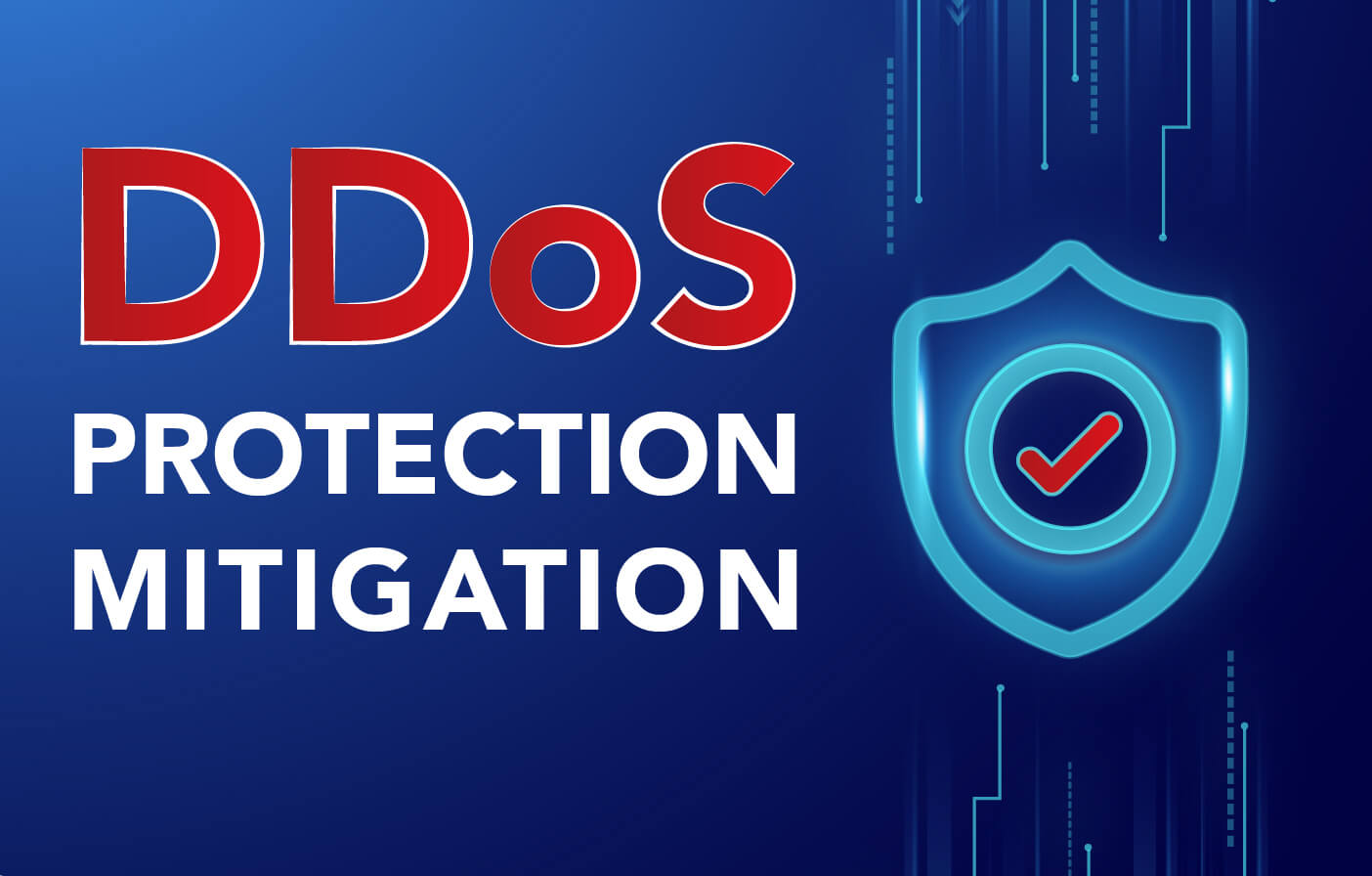
DDoS attacks can have a great impact on your website, making you encounter financial losses and reputation loss. That’s why having a DDoS protection mitigation service is a very essential component when you choose your web hosting provider.

What is a DDoS Protection Mitigation Service?
DDoS or (Distributed Denial-of-Service) attack is an attempt that uses multiple computer systems to overwhelm a targeted server or network with a flood of traffic. The attack aims to disrupt the normal traffic using very high fake traffic which can result in making the website very slow or even taking it down.
DDoS protection mitigation service refers to a service that protects the targeted server against DDoS attacks. DDoS protection mitigation service utilizes designated network equipment or protection services based on a cloud to achieve its purpose.
What are the Mitigation Steps For DDoS attacks?
Detection
The first step for the system to stop a DDoS attack is to detect it when it starts. A successful mitigation service should analyze the incoming traffic and distinguish between a normal increase in traffic and a DDoS attack as the last thing you would need is your mitigation service throttling increased traffic on your website due to an exciting new product release. Moreover, the earlier the detection of a DDoS attack is, the more efficient the DDoS protection mitigation service is.
Responding by filtration and routing
The DDoS protection mitigation service starts to respond to the attack by dropping the malicious traffic and absorbing the legitimate one.
Analysis and adaptation
Utilizing machine learning, the post-attack analysis helps strengthen the mitigation system against future attacks by analyzing information like repeated attacks from specific IPs or certain countries.
DDoS Attack Classification
DDoS attacking infrastructure layers
This category of DDoS attacks targets layers 3 & 4 of the Open Systems Interconnection (OSI) model. The OSI model describes the seven layers computers use to communicate over networks.
This is the most common type of DDoS attack and it drives a large amount of traffic to overwhelm the server. However, this type of attack is easy to detect early and avoid.
DDoS attacking application layers
These attacks target layers 6 & 7 of the (OSI). Even though they are less common than the ones attacking infrastructure, those attacks are much more sophisticated. The attack usually targets expensive applications and makes them unavailable to the users.
What are the DDoS mitigation strategies?

Minimization Of Attack-Prone Surface Areas
One of the main Strategies in mitigating DDoS is to limit the areas where the attack can happen. This will give attackers fewer options and allow building more protection in the attack-prone areas. Surface area minimization can be done by preventing communication between the server or the application and unexpected IPs or applications.
Rate Limiting
The main concept of rate limiting is to limit the amount of traffic available to a specific NIC (Network Interface Controller). To apply the correct usage of rate limiting you need to know what the characteristics of legitimate traffic are. Rate limiting can be done over both the software and the hardware level to decrease the chances of DDoS attacks happening. On the software level, there should be a limit on the number of requests being received from a specific customer during a certain period.
Server Capacity Flexibility
The main concept most DDoS attacks use is to overwhelm the server with a fake load of high incoming traffic which will result in over usage of the resources making it unavailable to use by the website visitors. That’s why it’s of high importance to have the capability to scale up or down your computation resources.
Upstream Filtration
Upstream filtration is one of the most effective techniques for mitigating DDoS attacks. The main concept aims to prevent traffic from reaching your API in the first place. Upstream filtration is done by using the services of “Mitigation centres” providers or API gateways. Those products will help check the incoming IPs against records of known attackers which will help allow only legitimate traffic to go through.
Do I Need DDoS protection?
To realize the importance of having DDoS protection, you need to know what assets are you losing if you get impacted by a successful DDoS attack:
User Experience
Website performance is one of the key factors affecting user experience. If your website gets affected by a DDoS attack, your customer’s experience using the website will get drastically affected which can mean that you are losing them forever.
Credibility and Reputation
Your reputation as a website or a business can take years to be built. However, one single attack can affect your credibility and makes you untrustworthy by your customers due to a lack of security.
Financial Loss
Successful DDoS is usually accompanied by severe financial loss due to the effect it has on assets, applications, data, and other resources. The financial cost needed to repair or purchase new equipment is much higher than the cost of optimizing your DDoS protection mitigation service.
Most of our plans, at HostSailor, for Shared hosting, VPS hosting and dedicated server hosting come with a DDoS protection mitigation service. Contact us now to get more details.